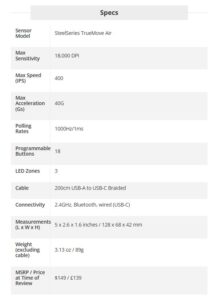TrueNAS is an open-source NAS (Network Attached Storage) operating system based on FreeBSD (TrueNAS CORE) or Linux (TrueNAS SCALE). It provides file sharing, data protection, and virtualization features for home or enterprise storage.
-
TrueNAS CORE: Best for traditional NAS (FreeBSD based)
-
TrueNAS SCALE: Supports Docker, Kubernetes, virtualization (Linux based).
Step 1: Download and Prepare Installation Media
-
Choose TrueNAS CORE or TrueNAS SCALE
-
Download the
.isofile -
Use a tool like Rufus or balenaEtcher to create a bootable USB stick from the ISO.
Step 2: Install TrueNAS
Boot from USB:
-
Plug in the bootable USB to the target machine
-
Boot and enter the BIOS/UEFI to set the USB as the first boot device
-
Reboot to launch the installer.
Installation Steps:
-
Select Install/Upgrade
-
Choose the boot device (e.g., USB or SSD – note: it will be wiped)
-
Set a root password
-
After installation, remove the USB installer
-
Reboot into TrueNAS.
Step 3: Access the Web UI
Once TrueNAS boots:
-
The console will show an IP address (e.g.,
http://192.168.1.100) -
Open a browser on a device on the same network
-
Visit the displayed IP
-
Log in with root and the password you created.
Step 4: Initial Configuration
1. Set Timezone and Hostname
-
Go to System > General
-
Set your hostname and timezone.
2. Create Storage Pool (ZFS)
-
Go to Storage > Pools > Add
-
Choose Create new pool
-
Add disks and configure RAID level (e.g., RAIDZ1, mirror)
-
Name the pool and click Create.
3. Create a Dataset (Optional)
-
Inside the pool, create datasets for different shares (e.g., media, backups).
Step 5: Set Up Network Shares
Option A: SMB (Windows/macOS)
-
Go to Sharing > Windows (SMB) Shares > Add
-
Select the dataset path
-
Name your share
-
Enable the share and save
-
Go to Services > SMB, enable and start it.
Option B: NFS (Linux)
-
Go to Sharing > Unix (NFS) Shares > Add
-
Choose the dataset path and set permissions
-
Enable NFS service.
Step 6: User and Permissions
-
Go to Accounts > Users > Add.
-
Create users with their home directories and shell (if needed).
-
Assign users to datasets with proper permissions under Storage > Pools > Permissions.
Optional: Enable Additional Features
-
Apps (TrueNAS SCALE only):
-
Go to Apps > Launch Docker containers like Plex, Nextcloud, etc.
-
-
Snapshots:
-
Enable ZFS snapshots for versioned backups
-
-
Replication:
-
Set up data replication to another system
-
-
Alerts:
-
Configure email alerts under System > Alert Settings.
-


